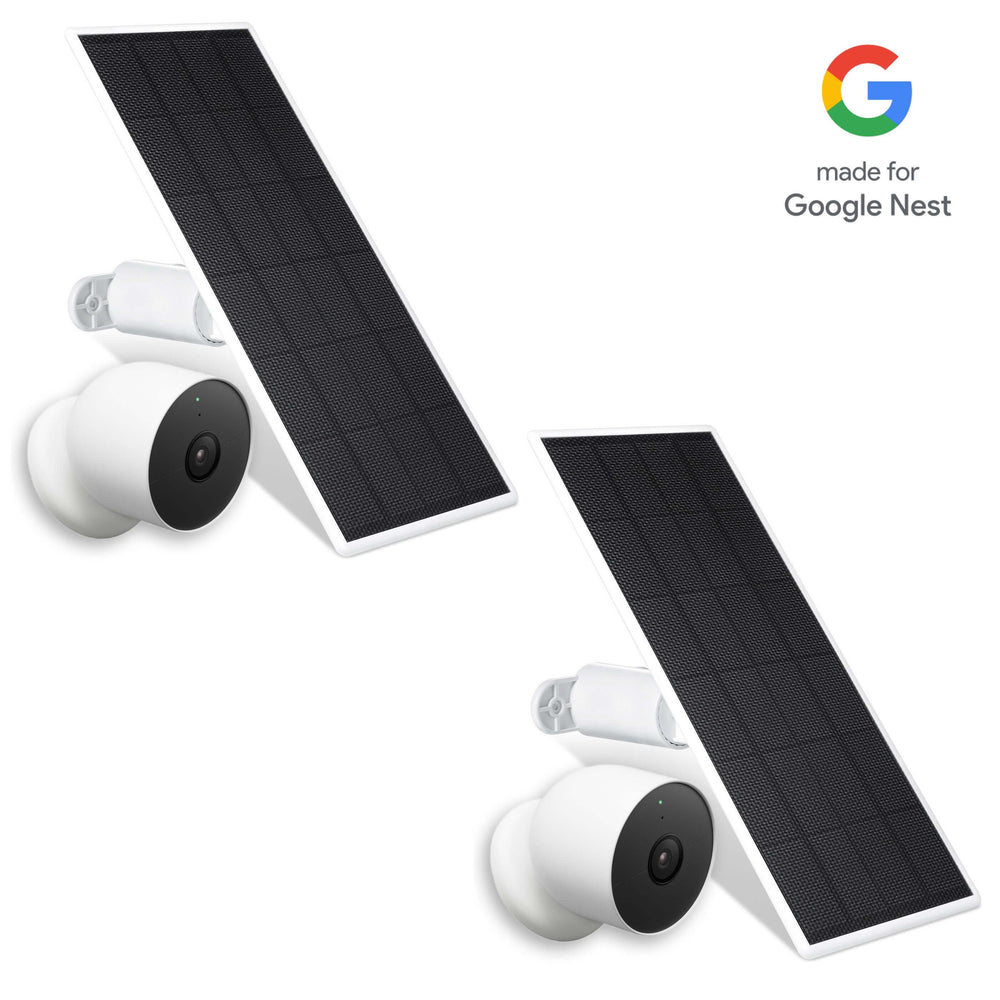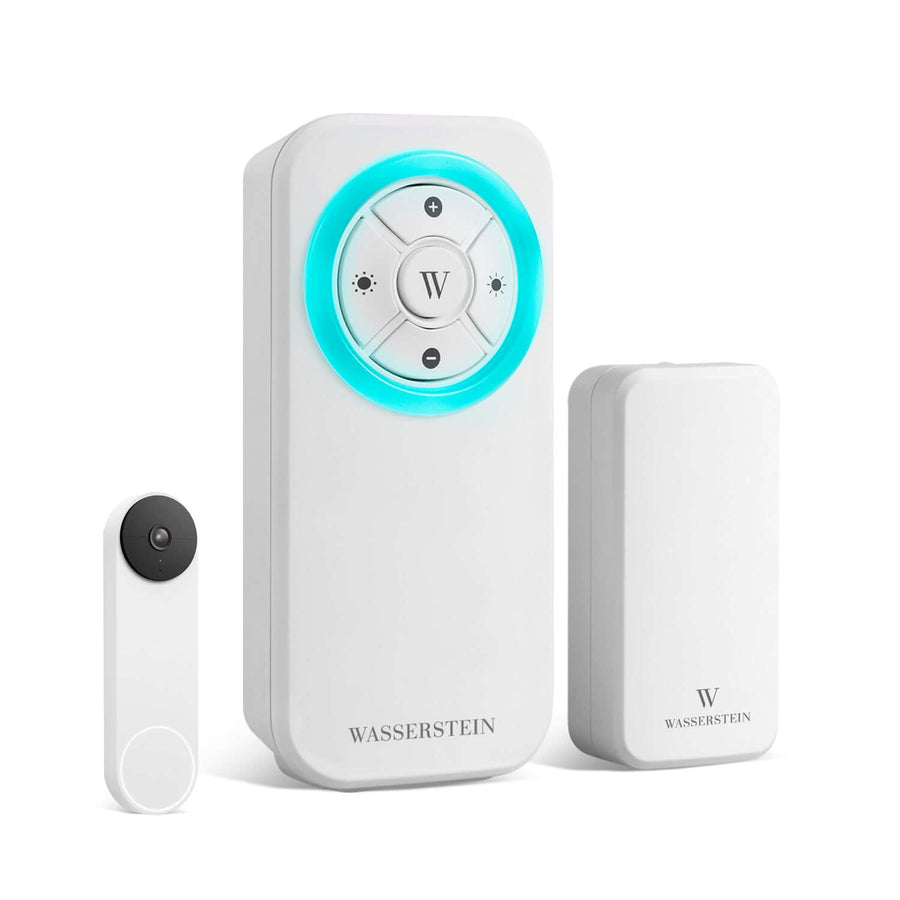How to Install Ring Floodlight Cam Without Existing Wiring
The Ring Floodlight Cam is Ring's answer to the increasing demand for outdoor security cameras with better night vision. While most brands--Ring included--have launched cameras with exceptional infrared (IR) and color night vision, their success is heavily dependent on other light sources, whether natural or artificial. Yes, there are floodlights that can be used in conjunction with outdoor cameras, however, that means buying two separate devices.

This is what the Ring Floodlight Cam is for: a powerful outdoor camera with a built-in light source. This Ring cam and flood light combo is designed to replace your existing outdoor lighting fixtures and add a high-quality security camera in the process. It comes in plug-in and wired versions, with the latter needing an existing junction box for installation. If you have the Ring Floodlight Cam wired but not the junction box, don't fret. We'll teach you how to install Ring Floodlight Cam without existing wiring.
Preparing for the Installation
Before starting the installation, it's crucial to gather all the necessary tools and materials and choose the right place for your smart cam. Proper preparation will ensure a smooth and successful installation process.
Choose the Right Location
Selecting the optimal location for your Ring Floodlight Cam is key to maximizing its effectiveness. Here are some factors to consider:
- Optimal Angle for the Camera: Ensure the camera has a clear and unobstructed view of the area you want to monitor. Ideally, the camera should be positioned at about 3 meters/9 feet above the ground to ensure it can capture faces and movement.
- Strategic Location for Floodlight Coverage: Place the floodlight in a location that covers the maximum area with its light. Common locations include above the garage door, entryways, or backyards.
- Consider Potential Obstructions: Avoid placing the camera near objects that could obstruct its view, such as trees, eaves, or walls. Ensure the floodlight is not blocked by structures that could cast shadows.
Gather Necessary Tools and Materials
Having the right tools and materials on hand will make the installation process easier and more efficient. Here’s what you’ll need:
- Screwdriver: Essential for securing the mounting bracket and camera.
- Drill: Needed to create holes for mounting screws and possibly to run the power cable through walls.
- Ladder: Necessary for reaching high places where the floodlight will be mounted.
- Mounting Bracket: Usually included with the Ring Floodlight Cam.
- Romex 14/2 gauge wire: For running power from the source to the floodlight.
- One 4-inch round junction box: For mounting the floodlight cam.
- Pull stitch and cover: For protection and management of wiring.
- Staples for wire and wire nuts: For securing and connecting wires.
How to Install Ring Floodlight Camera Without Existing Wiring
Keep in mind that installing this Ring device requires dealing with electricity. If you're uncomfortable working with electricity, seek guidance from a professional.
Here's a step-by-step guide for the proper installation of the Ring Floodlight cam without existing wires:
Step 1: Find a Power Source
Identify an outdoor electrical outlet to use as your power source. Make sure it is close to where you plan to install the floodlight. Turn off power to this outlet from your breaker box to ensure safety.
Step 2: Prepare the Electrical Outlet

-
Remove the cover of the electrical outlet to access the wires inside.
Step 3: Install the Junction Box

-
Choose a location for the junction box where the floodlight cam will be installed. Drill a hole large enough to fit the junction box. Feed the Romex wire through the hole and connect it to your chosen electrical source.
Step 4: Connect the Wires
-
Ground Wire Connection: Connect the new wire's ground (copper) to the ground wire in the electrical outlet. Use a wire nut to secure the ground wires together.

-
Connect the new black wire to the outlet's brass screw and tighten it; connect the new white wire to the outlet's silver screw and tighten it. Carefully tuck the wires back into the wall and replace the outlet's cover.
Step 6: Secure the Junction Box

-
Feed the other end of the wire through the junction box. Secure the junction box inside the circular hole you drilled earlier. Trim any excess wire to ensure a neat installation.
Step 7: Install the Floodlight Cam Bracket

-
Secure the metal bracket to the junction box. Run the wires through the opening in the plastic bracket and secure it to the metal bracket using the provided screw. Hook the nylon strip on the floodlight to the hook on the mounting bracket.
Step 9: Connect the Wires

-
Connect the Ground Wires: Attach the green wire from the floodlight to the ground wire in the junction box.
-
Connect the Neutral Wires: Connect the neutral (white) wire from the floodlight to the neutral wire in the junction box.
-
Connect the Hot Wires: Connect the black (hot) wire from the floodlight to the hot wire in the junction box.
-
Carefully tuck the wires into the junction box.
Step 10: Mount the Floodlight Cam

-
Align the floodlight with the mounting bracket. Use the included hex cap nuts to secure the floodlight to the bracket.
FAQ
Does the Ring Floodlight need to be wired?
Yes, the Ring Floodlight Cam needs to be connected to a junction box.
What wiring do I need for Ring Floodlight?
You need a power source with live, neutral, and ground wires. Typically, this involves a Romex 14/2 gauge wire for connecting to the power source.
Can a Ring Floodlight be mounted without a junction box?
No, the Ring floodlight needs to be hardwired into a junction box.
Can you plug a Ring Floodlight into an outlet?
The Ring floodlight comes in a plug-in version that can be connected to an outlet via an adapter.
Do you need an electrician to install a Ring Floodlight?
No, you don't necessarily need an electrician. If you are comfortable with basic DIY electrical tasks, you can install it yourself. However, consult an electrician if you are unsure.








Leave a comment